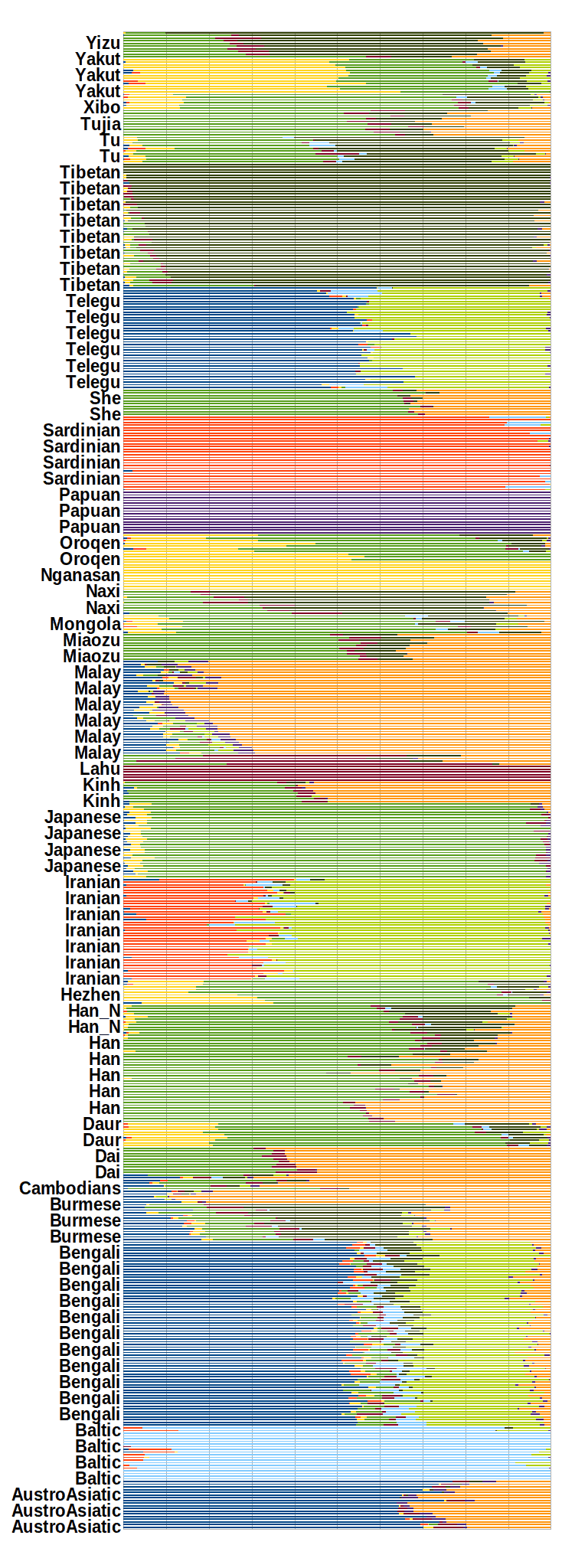
Kanyshulkam by Gurajada Appa Rao(1897) in Telugu, Kamala (1894) by Krupabai Satthianadhan in English, ‘Yamuna Paryatan’ (1857), by Baba Padmanji Mulay in Mar. Maximum Shear Stress Theory: Maximum Distortion Energy Theory Shamima Parvin Lasker, CHALLENGES OF PALLIATIVE CARE, Bangladesh Journal of Bioethics 2013 4(3):19-24ĥ. “The Renaissance.” Element of Literature, Sixth Course.

(mg/ml)|īeowulf Essay: The Roles Of Grendel's Mother Table A2 Bonferroni test on rating of performance criteria (pairwise comparisons) (I) factor (J) factor Mean difference (I – J) Std. 'A' matra followed by anuswar, forms chandrabind.ĭas Schalenwachstum dreier Muschelarten (Bivalvia: Unionidae) in der Schwalm, einem nordhessischen Mittelgebirgsfluß. 2)'e' vowel followed by 'e' matra, creates 'ei' vowel. J.L.ġ)'e' vowel followed by 'A' matra, creates 'E' vowel. Most of them couldn’t even write their names.Two Major Limitations Of Molecular Orbital Theory (MOT) This is groundbreaking because many of the nuns who escaped from Tibet and arrived in exile in India were completely illiterate on their arrival. Now Tibetan nuns, such as those studying at the nunneries supported by the Tibetan Nuns Project, have the opportunity to learn their own written language and various forms of Tibetan calligraphy. Traditionally, Tibetan nuns did not have access to the same level of education as monks. Here is a video of Tibetan Buddhist nuns practicing Tibetan calligraphy. Most Tibetan scribes or experts in Tibetan calligraphy come from monastic backgrounds. Many examples of Tibetan calligraphy come from religious texts. This is true for Tibetan writing as well. He and other scholars were sent by the king to India to study the art of writing with the aim of making the Buddhist teachings available to Tibetans.īuddhism plays a central role in Tibetan culture. One of the king’s ministers, Thonmi Sambhota, is credited with creating the Tibetan alphabet. The origins of Tibetan as a written language date back to the 7th century AD and the reign of King Songtsen Gampo. Like English, it is written from left to right in horizontal lines.

The Tibetan alphabet has 30 characters or letters and four vowels. Parent systems: Proto-Sinaitic, Phoenician. All these languages are spoken in the eastern region of South Asia. The script with variations is shared by Assamese and is basis for Meitei, Bishnupriya Manipuri, Kokborok, Garo and Mundari alphabets. Tibetan Buddhist nuns at Dolma Ling Nunnery in India take part in the annual Tibetan calligraphy competition. The Bengali alphabet is the writing system for the Bengali language.


 0 kommentar(er)
0 kommentar(er)
